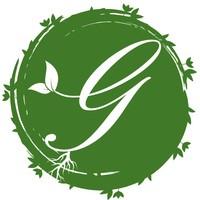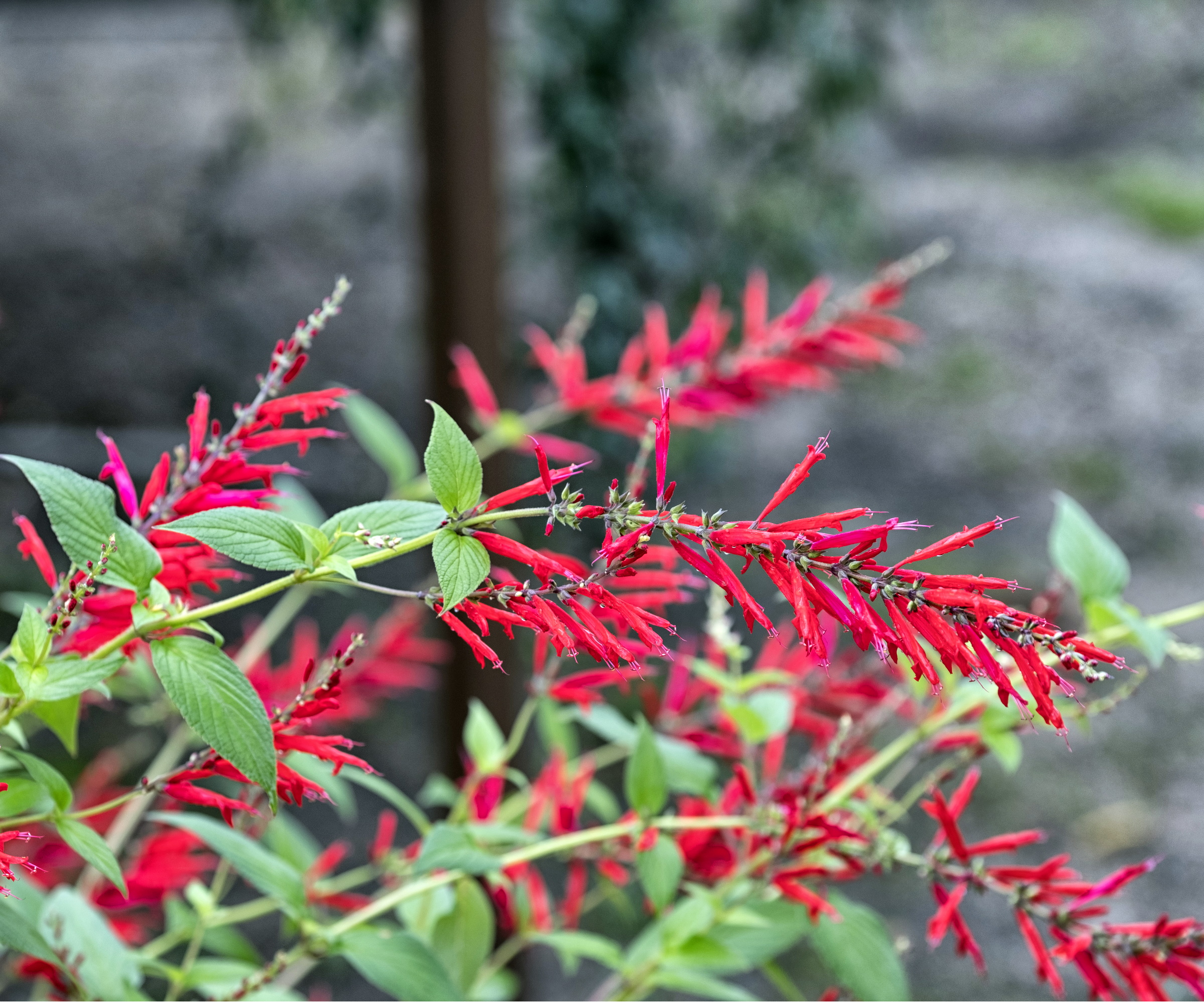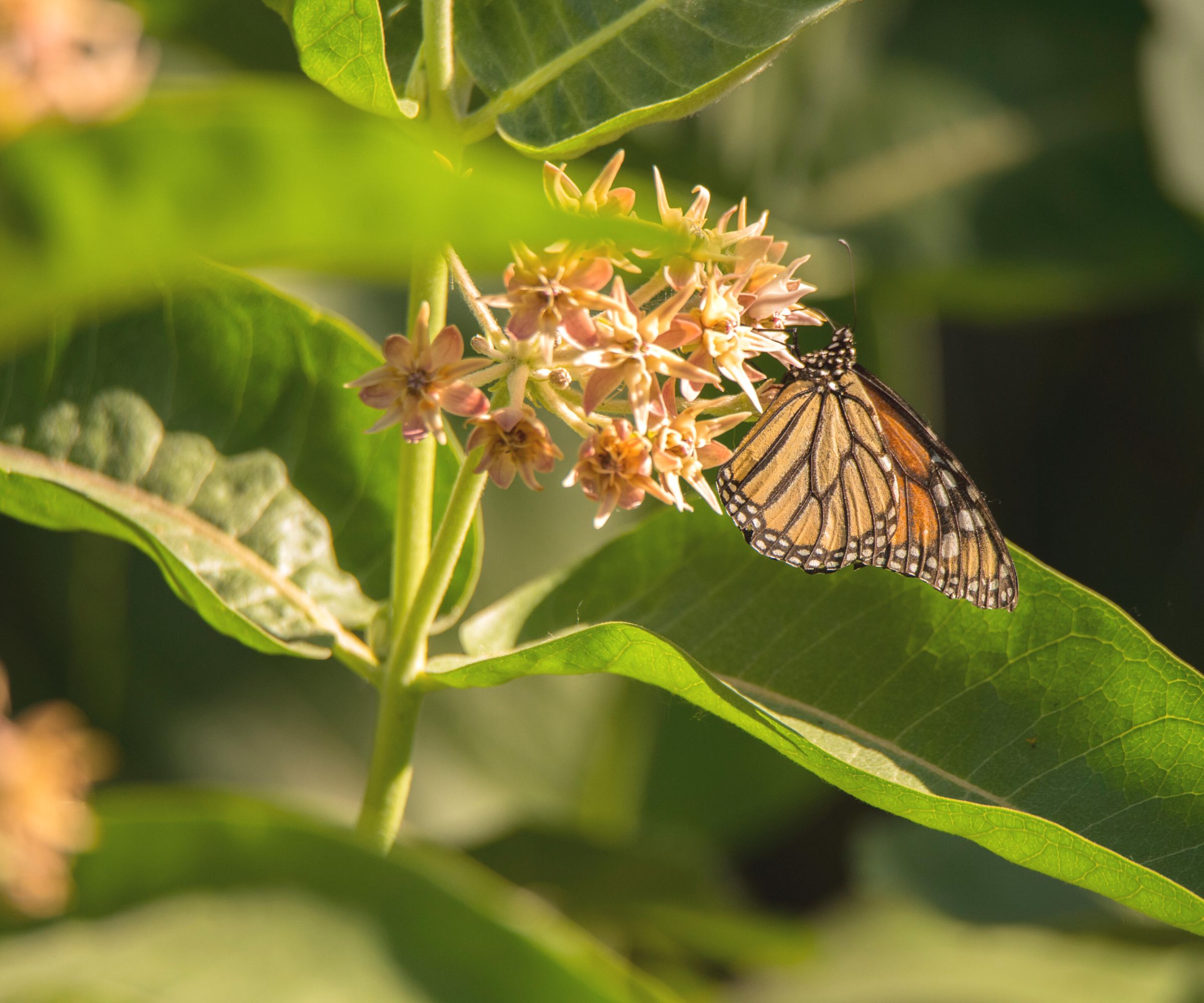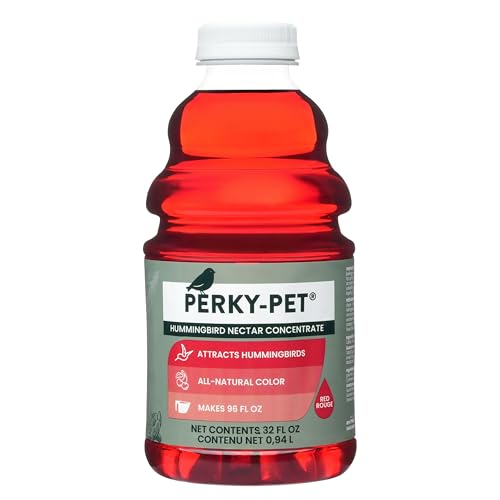By August, some plants begin to look a little sad or past their best. But, fortunately, there are many late-season bloomers that keep the summer show going. Not only are these plants colorful and impactful, but they are also vital for wildlife, not least for migrating hummingbirds travelling thousands of miles south as the growing season winds down.
Late-summer wildflowers and prairie stalwarts are some of my favorites. They’re the kinds of plants you see thriving in the least likely places, along roadsides, in the middle of traffic roundabouts, or sprinkled through sun-baked verges. Still blooming, still buzzing with life and requiring almost no fuss from us.
Goldenrod is one of my August favourites, lighting up with shafts of deep yellow that catch the low, late-summer sun. The same goes for tall purple asters that bloom across August and September, irresistible to hungry wildlife. So, if you want to support the hummingbird migration this summer, these seven flowers are a must. And, the good news? It’s not too late to plant them now.
You may like

(Image credit: Getty Images/Robyn Wilson Photography)
7 flowers to plant in August for hummingbirds
Many hummingbird species (that overwinter in warmer US hardiness zones) begin their migration south during August. And, for this reason, adding one, two or several late-blooming flowers to attract hummingbirds is a good idea.
Here are seven flowers to plant in August for hummingbirds that will be sure to provide a nectar-rich energy boost for travelling wildlife.
1. Coral honeysuckle

(Image credit: Getty Images/Olga Seifutdinova)
Few flowers are as perfectly shaped for a hummingbird’s beak as coral honeysuckle.
Native to much of the US, its slender, trumpet-like blooms are an open invitation to nectar-seeking birds.
‘Coral honeysuckle, or Lonicera sempervirens, is a tough flowering climber that can grow in almost any plot from zone 4 plus,’ says Reese Robbins, garden expert and creator of Just Pure Gardening.
‘They thrive in pots and borders, with a preference for full sun or part shade, and can flower from spring right through to fall in ideal conditions.’
Live coral honeysuckle starter plants are available from Amazon.
 Reese L. Robbins
Reese L. Robbins
Social Links Navigation
Creator of Just Pure Gardening
Reese L. Robbins is the founder of Just Pure Gardening, a site full of fruit and vegetable growing guides, garden ideas, and garden product reviews.
2. Valerian

(Image credit: Alamy)
One of the best drought-tolerant flowering perennials, valerian is another ideal summer bloomer for pollinators, including migrating hummingbirds.
Hardy down to zone 5, valerian can grow almost anywhere. When I worked as a gardener in Italy, for example, it grew in cracks and crevice gardens, filling walls and rockeries with long-lasting color.
With regular deadheading, clumps of valerian will go on blooming late into fall.
Red valerian seeds can be ordered from Amazon, and can be sown at any time through the spring and summer months.
3. Ironweed

(Image credit: Getty Images/Ali Majdfar)
Ironweed, or Vernonia noveboracensis, is loved by pollinators (hummingbirds included), highly prized for its nectar-rich purple flowers.
Hardy down to zone 4, ironweed is native to the Midwest and several southern states, and will thrive in most yards, so long as it enjoys plenty of sunshine and moist but well-draining soil.
In August, ironweed is a magnet for hungry hummingbirds and native bees alike.
For the best (and most enjoyable) results, I would recommend planting it where you can easily watch hummingbirds darting in and out of the dense purple blooms.
Ironweed live plants are available from Amazon.
4. Goldenrod

(Image credit: Getty Images/By Eve Livesey)
In the right spot, goldenrod, also known as Solidago, can look pretty spectacular, with tall stems of gold that blaze in the August sunshine.
Goldenrod is a native North American perennial and is fully hardy down to zone 3. In meadows and wild borders, it can easily reach up to six feet tall, providing good interest at the back of garden borders.
And, the best part? Hummingbirds are known to enjoy goldenrod nectar on offer, which can last long into fall.
Live goldenrod plants can be ordered via Walmart.
5. Aster

(Image credit: Alamy/ Erik Agar)
Many different aster varieties are perfect for adding late-summer color and nectar to backyard borders.
I have grown asters in several gardens, and in mild years, I have known them to go on flowering until December.
Although, a word of advice, it is usually a good idea to stake them, as many species are a little top-heavy and can flop over in the rain.
For a native variety, try these New England asters; live plants can be ordered via Walmart.
Hardy down to zone 4, New England asters, or Symphyotrichum novae-angliae, will grow happily in sunny spots with little care needed, and migrating hummingbirds will be grateful for a spot of nectar, too.
6. Pineapple sage

(Image credit: Emreturanphoto via Getty Images)
I’ve grown many different types of salvias over the years, but pineapple sage is in a league of its own. It is a late-season beacon for hummingbirds and a bit of a show-off in the garden.
Hardy only to around zone 8, it’s best in milder spots or grown in big pots on the patio.
I would recommend positioning them somewhere with at least six hours of direct light if possible, in soil that drains freely.
For planting inspiration, opt for bold, maximalist displays, perhaps with orange zinnias or yellow cosmos, alongside textural ornamental grasses.
Live pineapple sage plants can be ordered now via Amazon.
7. Milkweed

(Image credit: Alamy)
Milkweed, or Asclepias spp., is an impressive plant when it comes to wildlife. Ask any gardener, and they will tell you the same: milkweed more than earns its spot when it comes to pollinators.
However, beyond growing milkweed for monarch butterflies, the nectar-rich blooms are also ideal for hungry hummingbirds as they are on the move during August.
You can grow milkweed in borders or pots, but I would suggest providing plenty of sunshine to enjoy the most blooms.
If you are keen on injecting some zingy color into your yard, try the classic butterfly weed, or Asclepias tuberosa, which can also be grown down to zone 3. I love the orange flowers, and this variety should last until October.
Live milkweed plants can be ordered now via Amazon.
Once the weather starts to dip, towards the end of August, be cautious of cutting all of your flower stems. I would recommend leaving some to stand, even if they go brown.
There will still be nectar inside brown blooms, and many plants won’t produce any new stems at this stage of the growing season. And, brown flower stems are better than no flower stems for hungry migrating hummingbirds.
Our guide on the perennials to never deadhead for hummingbirds has more information.
Shop hummingbird accessories

DOCOON Hummingbird Feeder Camera
This DOCOON hummingbird feeder camera will allow you to take close-up photographs of migrating hummingbirds.

This decorative red-glass hummingbird feeder includes 6 feeding ports to keep travelling birds well fed.

Perky Pet Hummingbird Nectar
This hummingbird concentrated mix from Perky Pet will help to keep native migrants happy as they travel.
TOPICS
Hummingbirds
Flowers


Comments are closed.